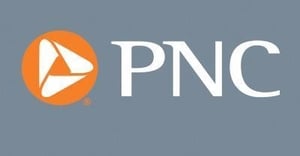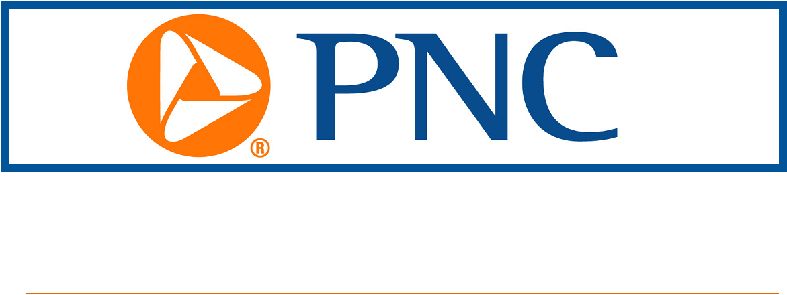 Consumer Spending in May as Overall Prices Fall Slightly
Consumer Spending in May as Overall Prices Fall Slightly
- Nominal personal income rose 0.5% in May, with after-tax income also up 0.5%.
- Nominal consumer spending rose 0.2% over the month.
- Overall prices fell slightly, while core inflation slowed to 0.1% for the month. Inflation also slowed on a year-ago basis.
- Good consumer fundamentals will support economic expansion into 2025.
- Slowing inflation will lead to fed funds rate cuts later this year.
The May Personal Income and Outlays report from the Bureau of Economic Analysis was good across-the-board. Incomes were up, consumer spending increased but more slowly than incomes, and overall prices declined slightly while core inflation slowed. The report indicates continued economic growth in mid-2024 and supports Federal Reserve rate cuts later this year.
Nominal personal income increased solidly in May, up 0.5% from April, including a strong 0.7% increase in wages and salaries. Disposable (after-tax) personal income was also up 0.5% in May.
Nominal consumer spending also rose in May, but at a slower pace than incomes, up 0.2% from April. Consumer spending rose 0.1% in April (revised lower from 0.2%) and 0.7% in March. Spending on goods rose 0.2% in May, with spending on services up 0.3%.
Inflation was subdued in May, with overall prices down slightly, thanks in large part to a big decline in energy prices. The personal consumption expenditures price index was down less than 0.1%, the first decline in overall prices since November 2023. The core PCE price index, excluding food and energy and the Federal Reserve’s preferred inflation measure, rose 0.1% in May, the smallest increase since October 2023.
On a year-ago basis, overall PCE inflation was 2.6% in May, down from 2.7% in April and above 7% in mid-2022. Core PCE inflation was 2.6% in May, down from 2.8% in February through April and a peak of 5.6% in early 2022.
Real (inflation-adjusted) after-tax income jumped 0.5% in May, the largest increase since January 2023, when a big cost-of-living adjustment in Social Security payments boosted incomes. Real consumer spending rose 0.3% over the month.
With after-tax income up more than spending, the personal saving rate rose to 3.9% in May from 3.7% in April (revised from 3.6%). The personal saving rate has been between 3.6% and 4.0% for the past nine months; before the pandemic the saving rate was running around 7%.
The May Personal Income and Outlays report from the BEA was good news all around. There was a nice increase in personal income, powered by solid job and wage gains as the labor market remains historically strong. Consumer spending rose at a solid pace, but more slowly than incomes, leading to an increase in the saving rate.
Income growth should continue through the rest of this year as job and wage growth continue, although at a slower pace than in recent months. This, in turn, will support increasing consumer spending. Other positives for consumers include slowing inflation, rising household wealth with higher stock prices and home values, and generally solid balance sheets. But high interest rates and the need to increase savings will remain drags. Spending will continue to rise in the near term, but at a slower pace than incomes. With household spending rising through the rest of 2024, but at a slower pace, overall economic growth will slow somewhat this year, but there will not be a recession.
Inflation, after accelerating in the first few months of 2024, slowed in May. Some of that came from lower energy prices, but core inflation also slowed, both on a month-to-month and year-to-year basis. PCE inflation soared in 2021 and 2022 with the recovery from the pandemic, strong demand, and supply-chain disruption. Inflation slowed in 2023 but remained elevated, and then that progress stalled in early 2024. It is too early to say that inflation is definitively slowing again, but the soft May overall and core PCE numbers are certainly a step in the right direction. Inflation should soften this year and into 2025, with slower growth in housing costs and reduced inflationary pressures from the labor market.
The May slowing in inflation is consistent with PNC’s forecast for cuts in the federal funds rate at the November and December Federal Open Market Committee meetings, each of 25 basis points. This would take the fed funds rate to a range of 4.75% to 5.00% by the end of 2024. Inflation will remain above the FOMC’s 2% objective in the near term, but the committee does not need inflation to be at 2% to cut rates. Because monetary policy would still be contractionary — that is, weighing on economic growth — even if the FOMC cuts rates a couple of times, the committee will feel comfortable cutting rates if inflation is somewhat above, but moving toward, the 2% objective. This morning the fed funds futures market is pricing in a greater probability of multiple rate cuts in 2024 compared to yesterday, and yields are down across the Treasury curve.
The PNC Financial Services Group, Inc. is one of the largest diversified financial services institutions in the United States, organized around its customers and communities for strong relationships and local delivery of retail and business banking including a full range of lending products; specialized services for corporations and government entities, including corporate banking, real estate finance, and asset-based lending; wealth management and asset management. For information about PNC, visit www.pnc.com.














